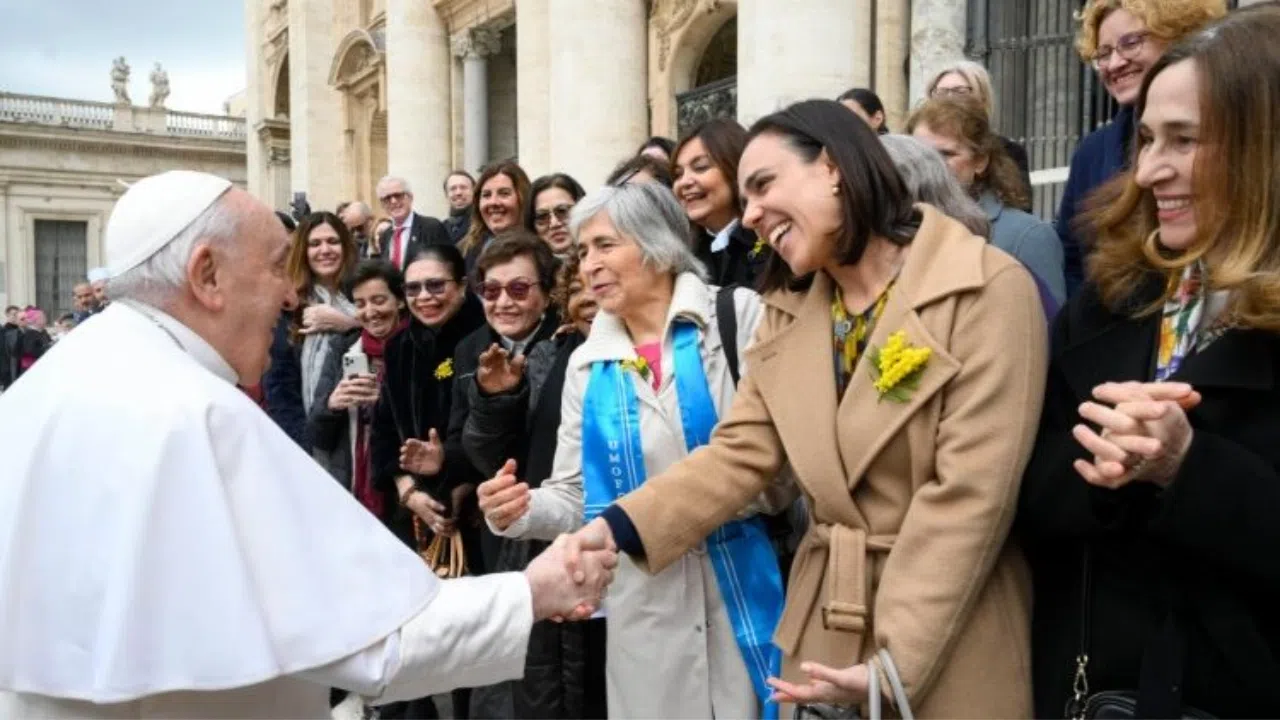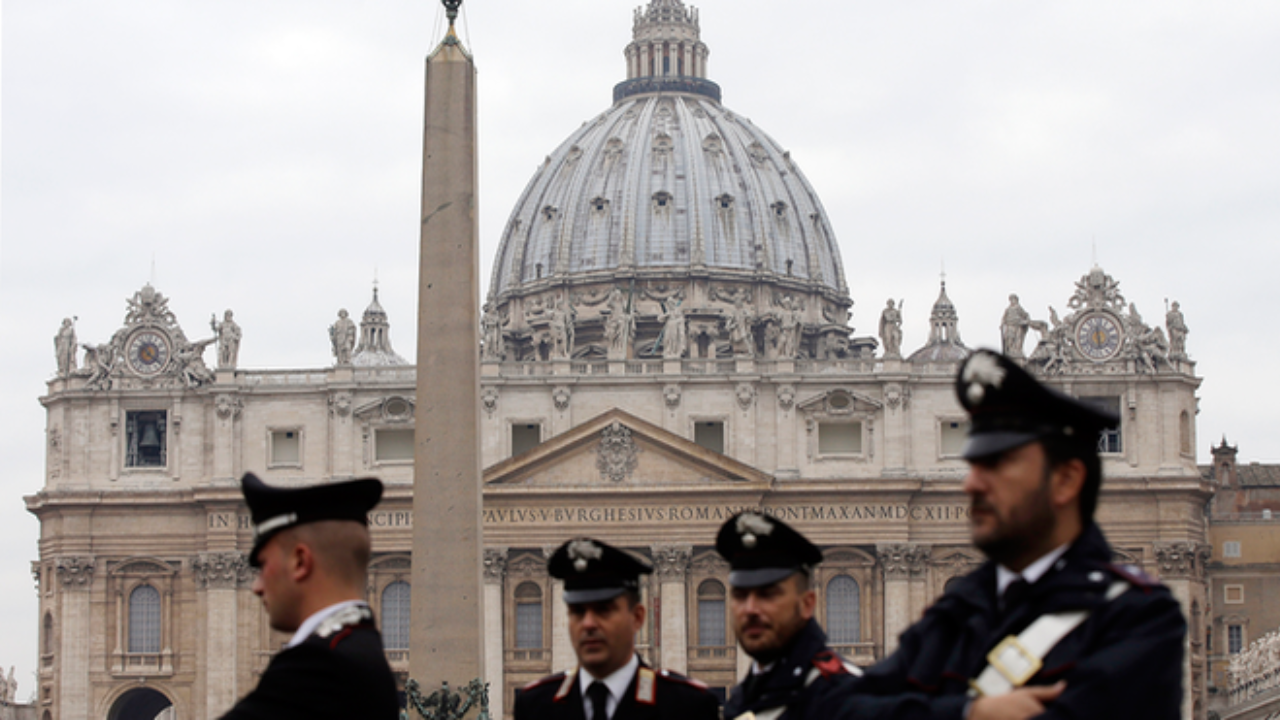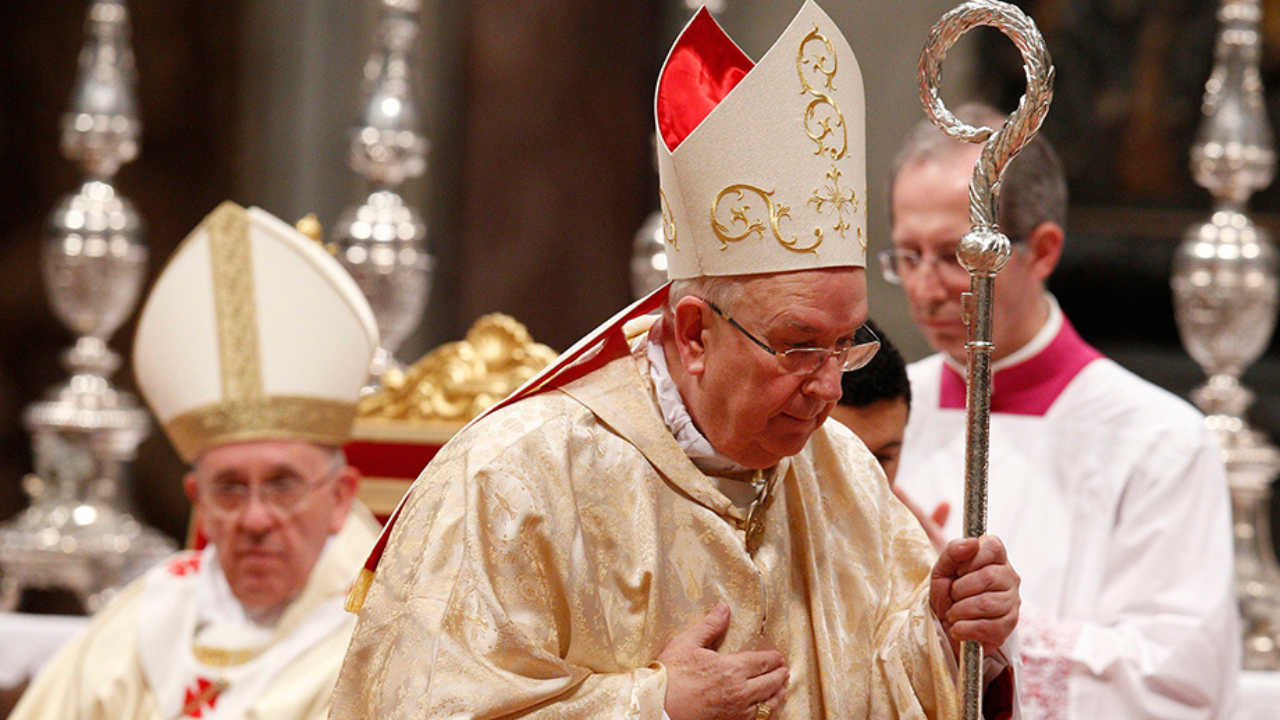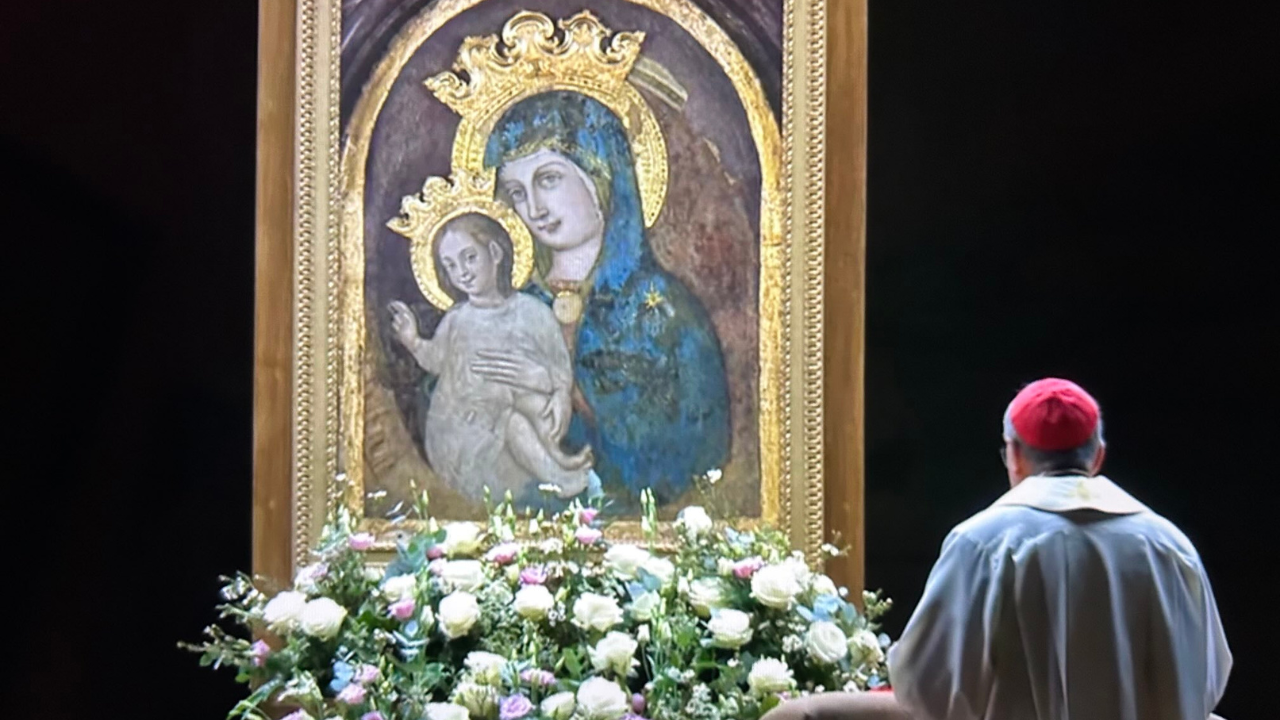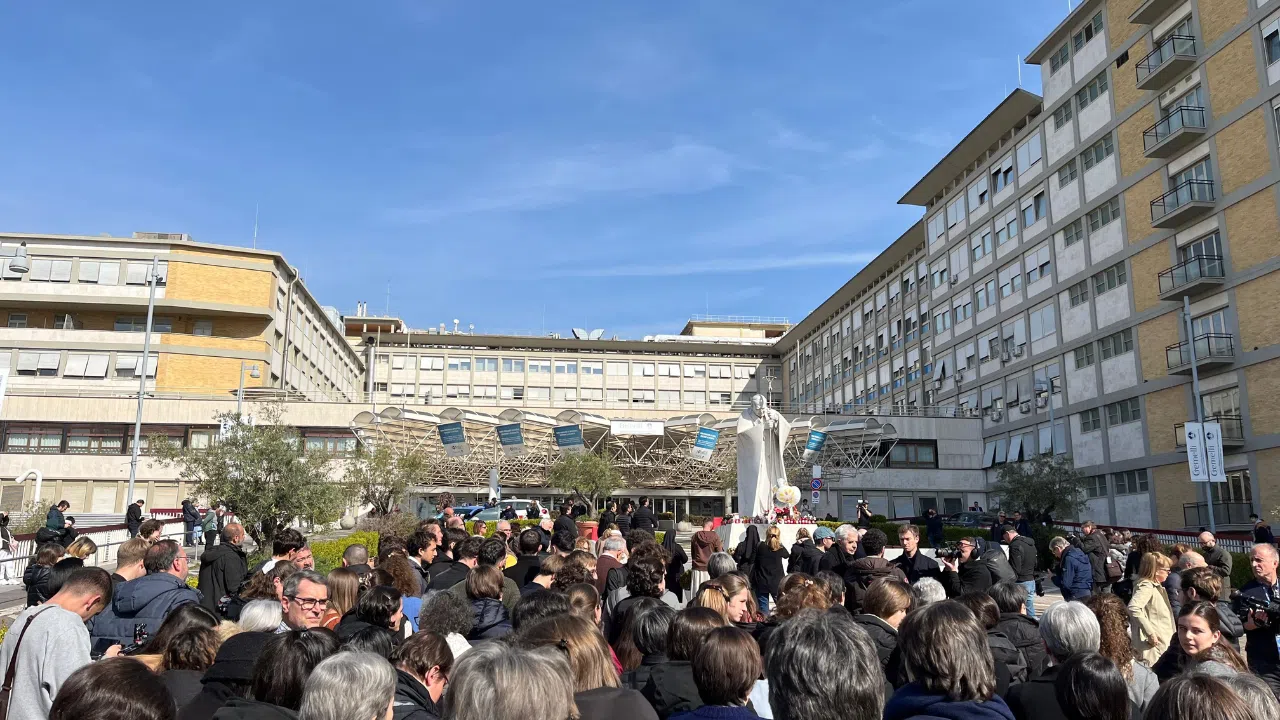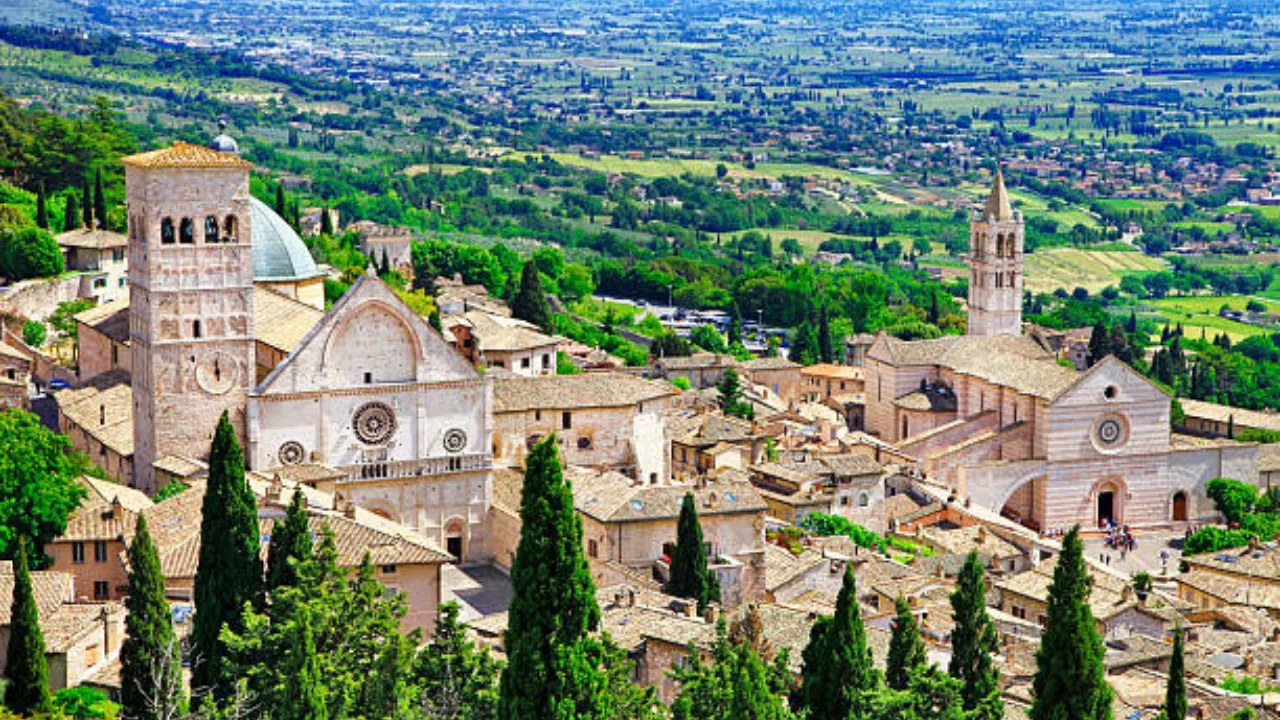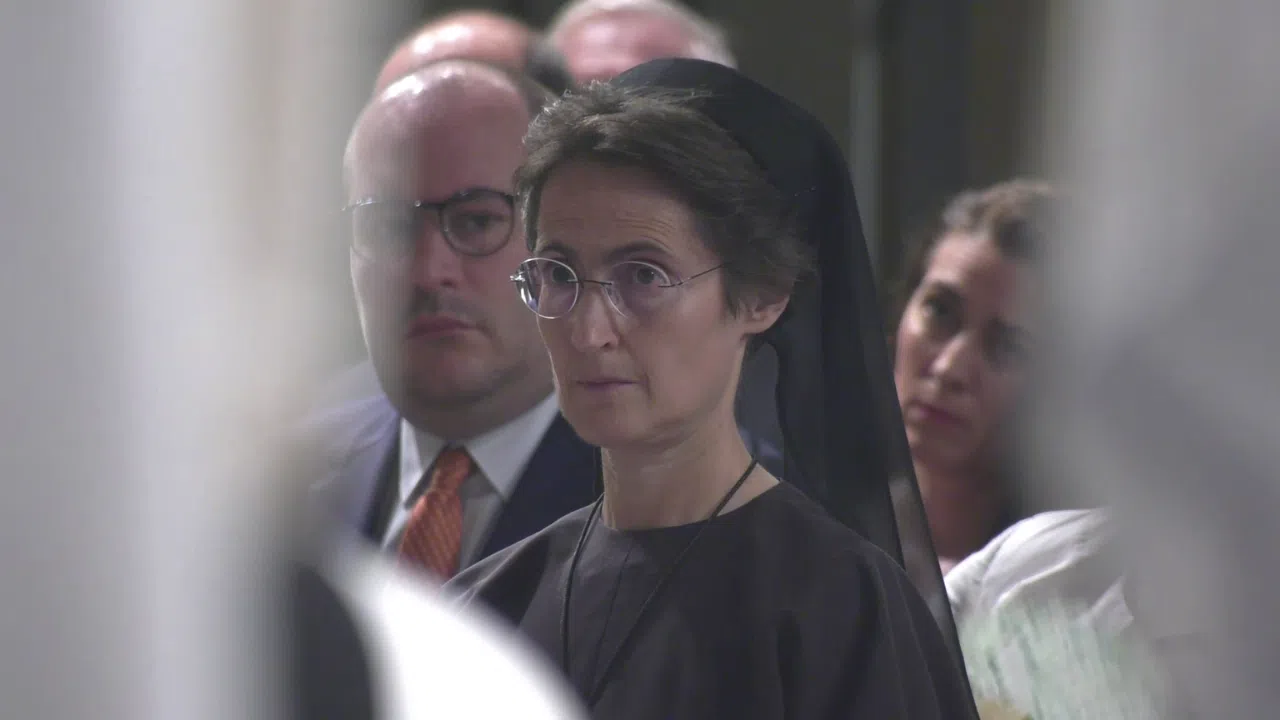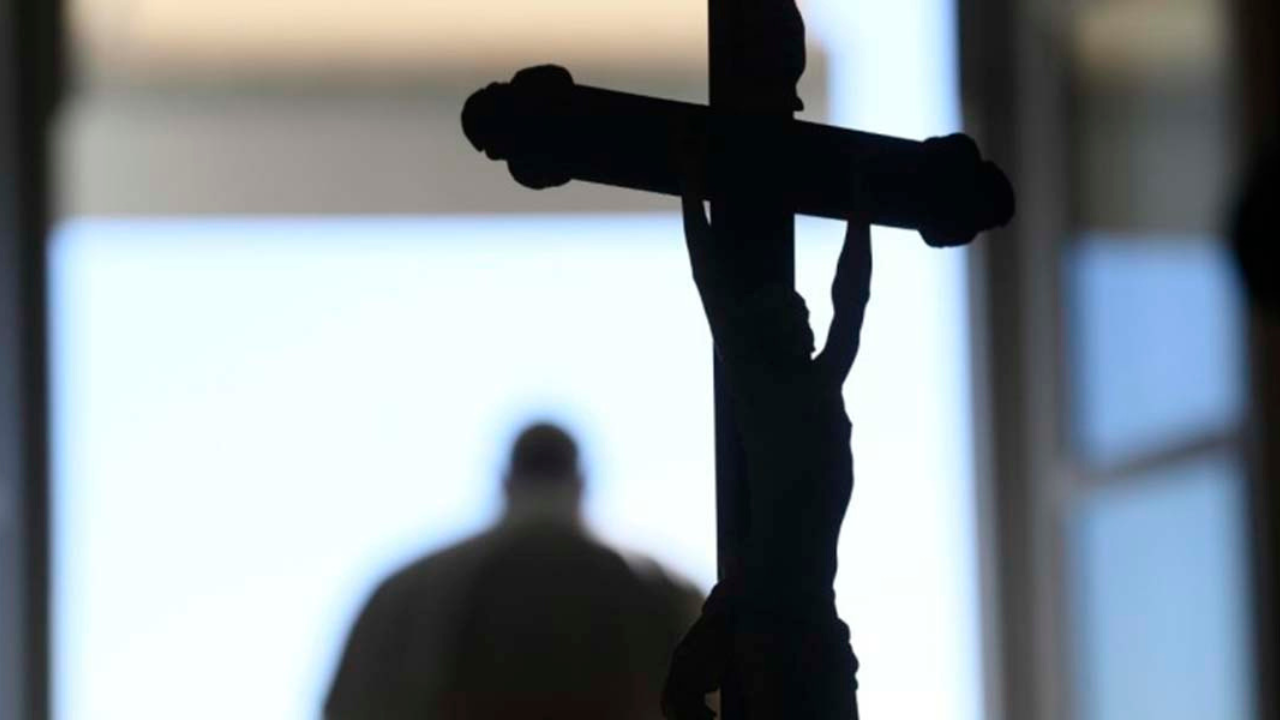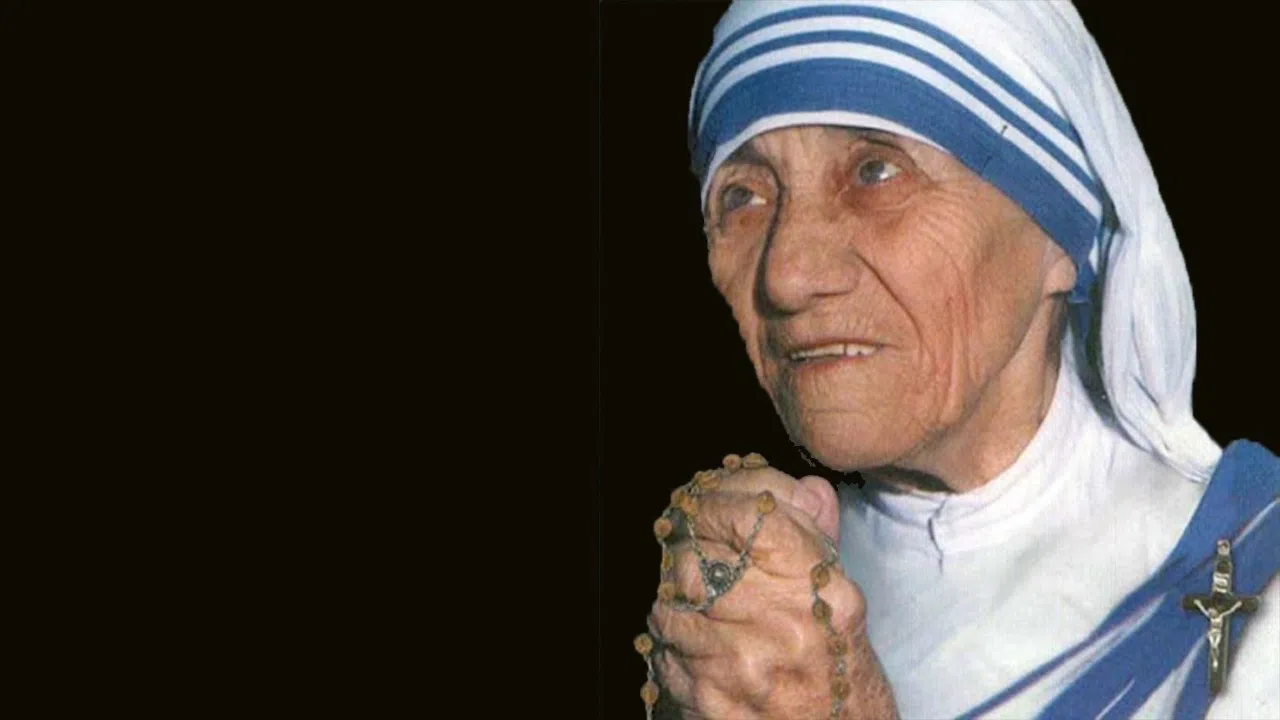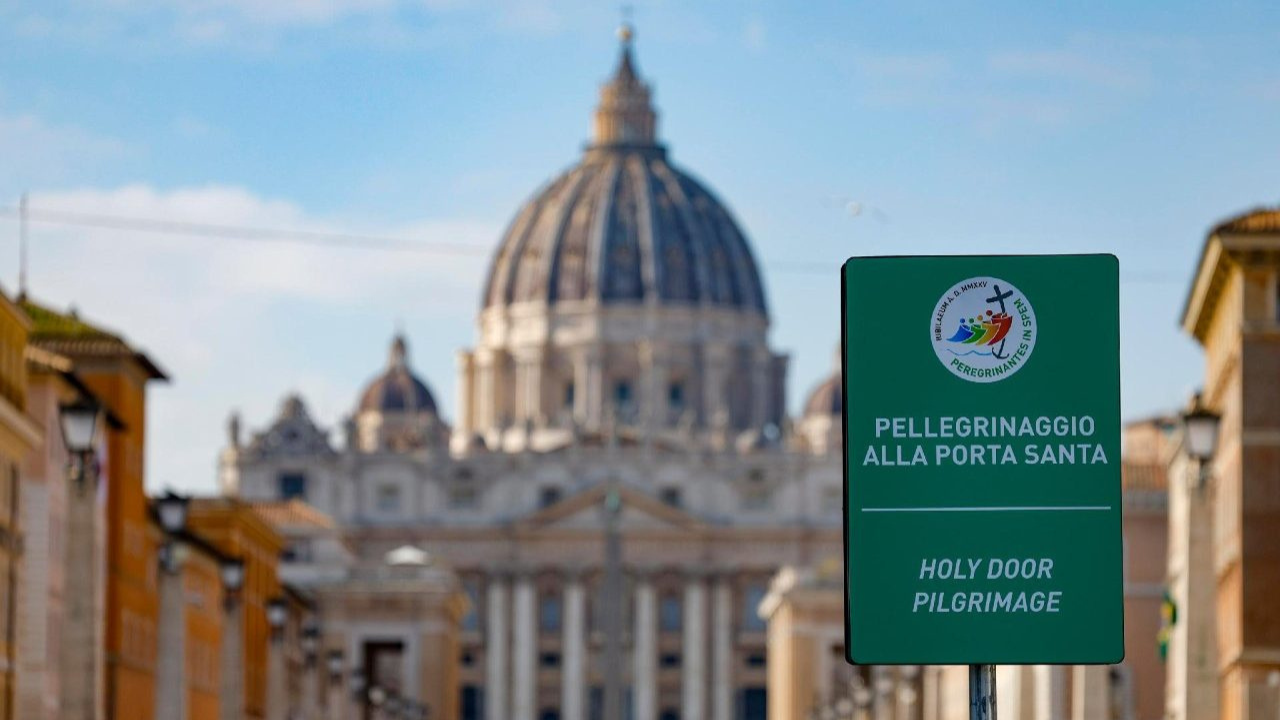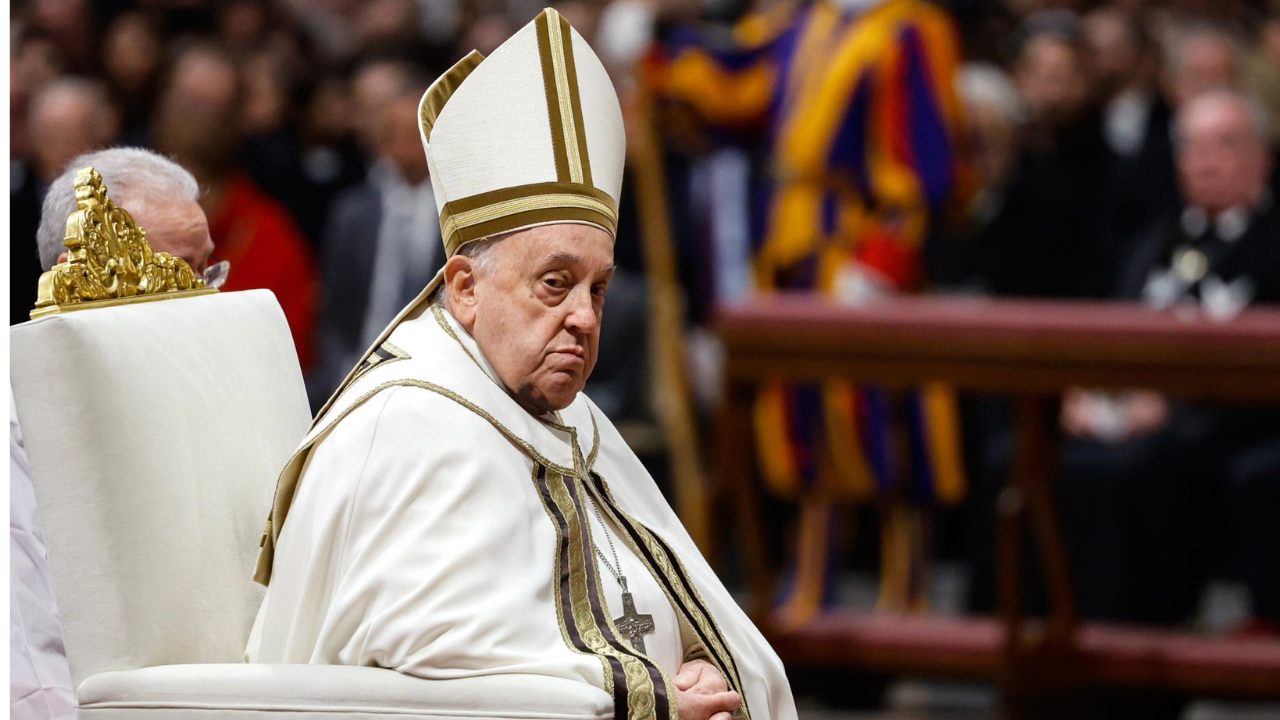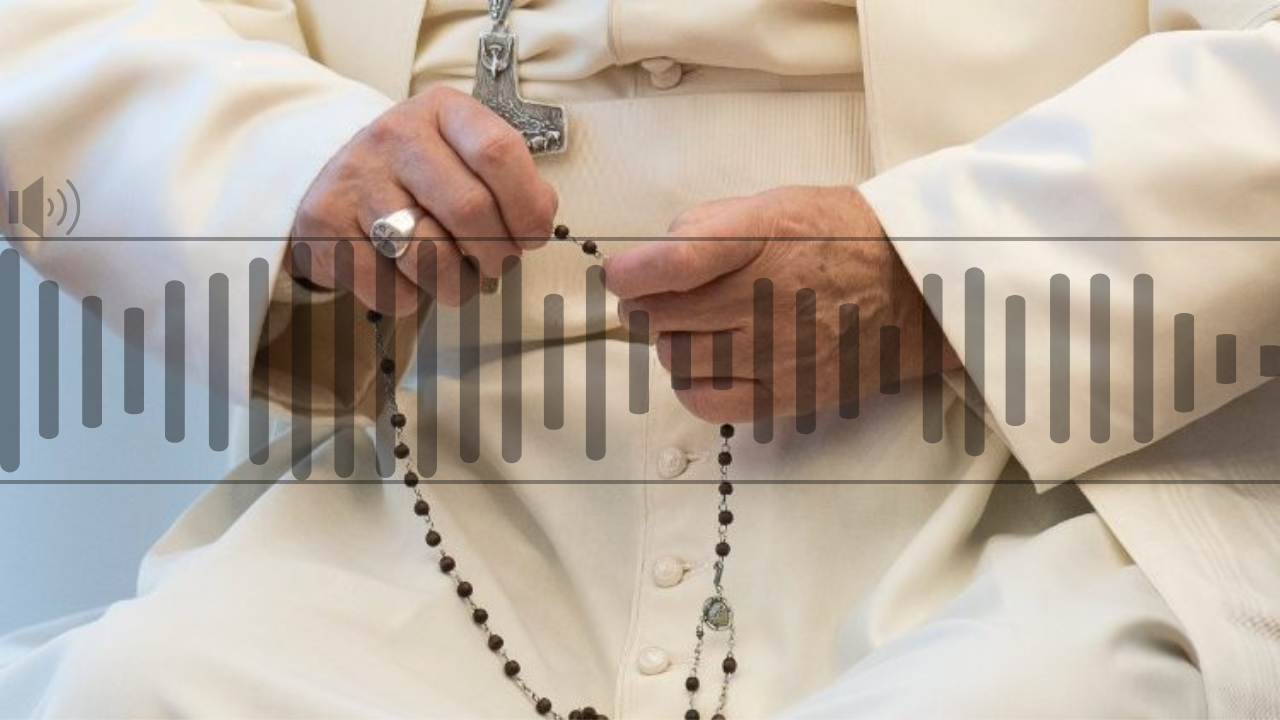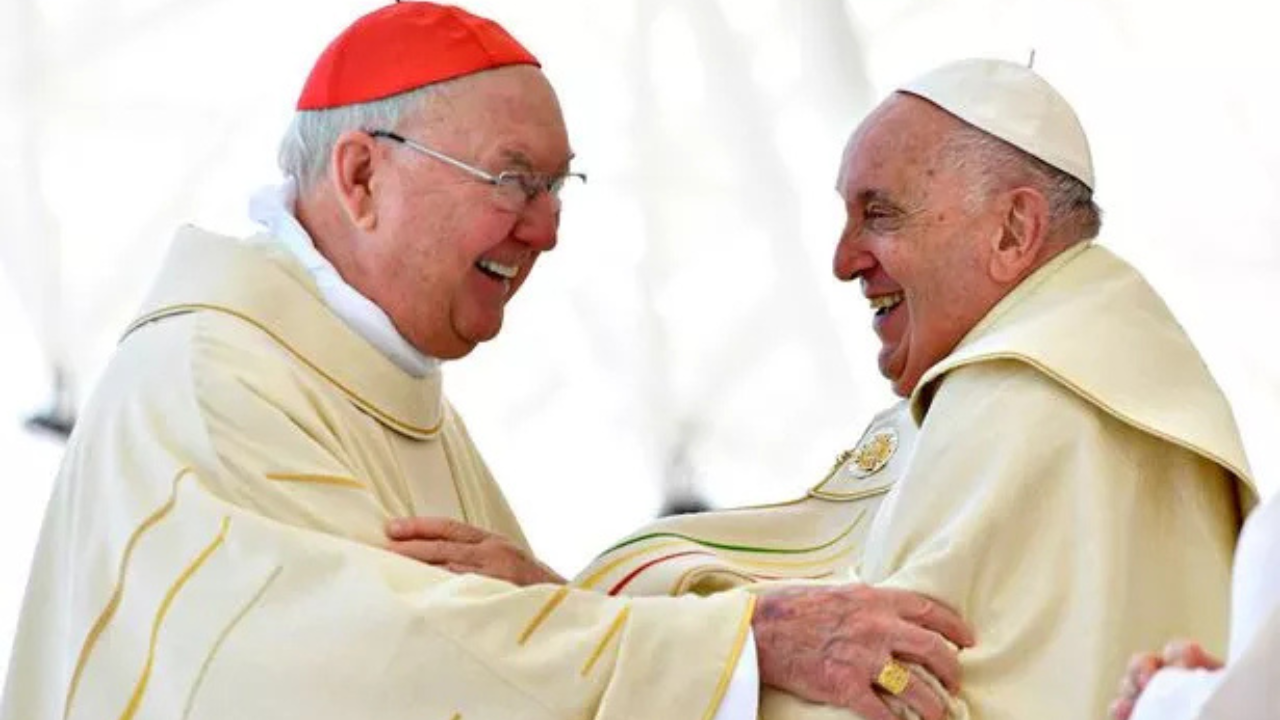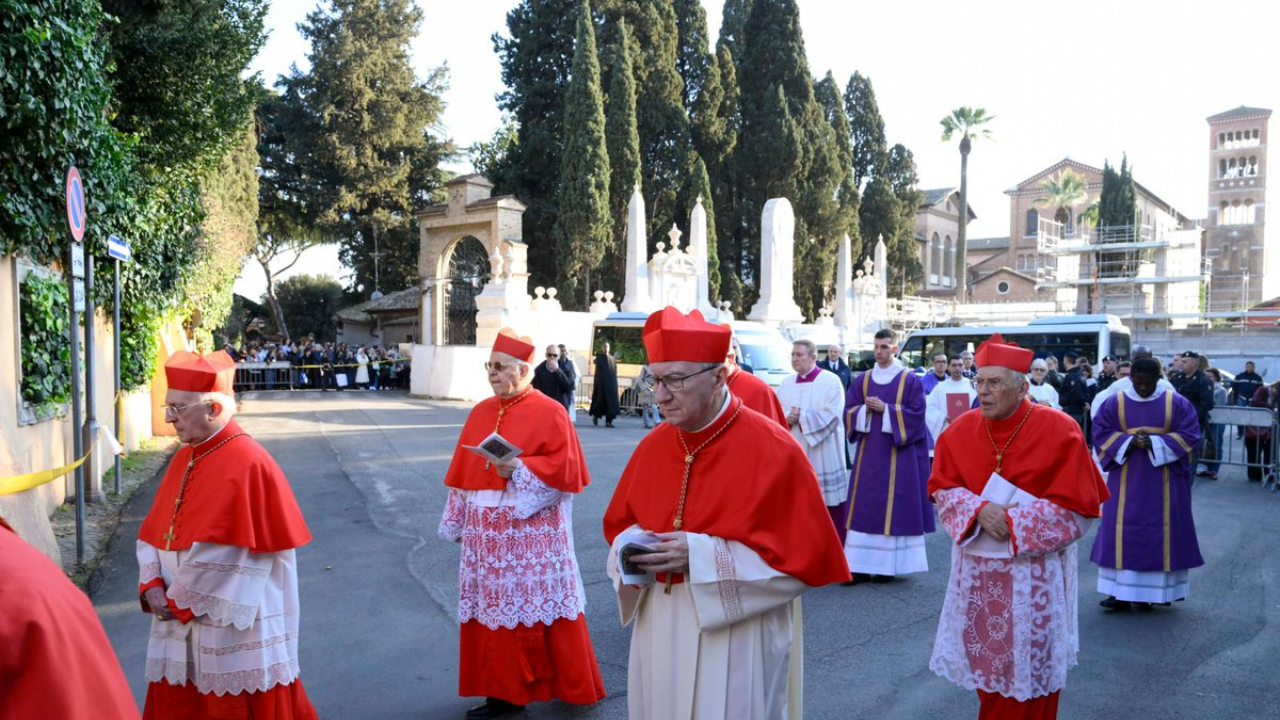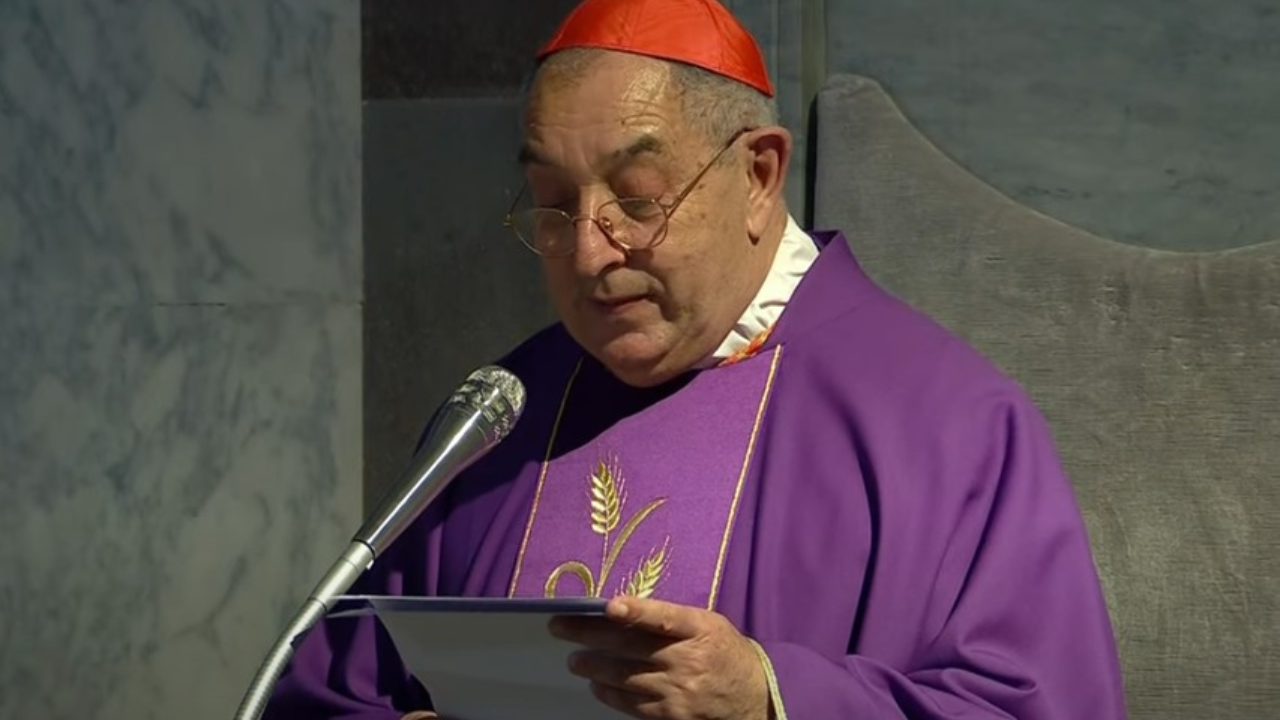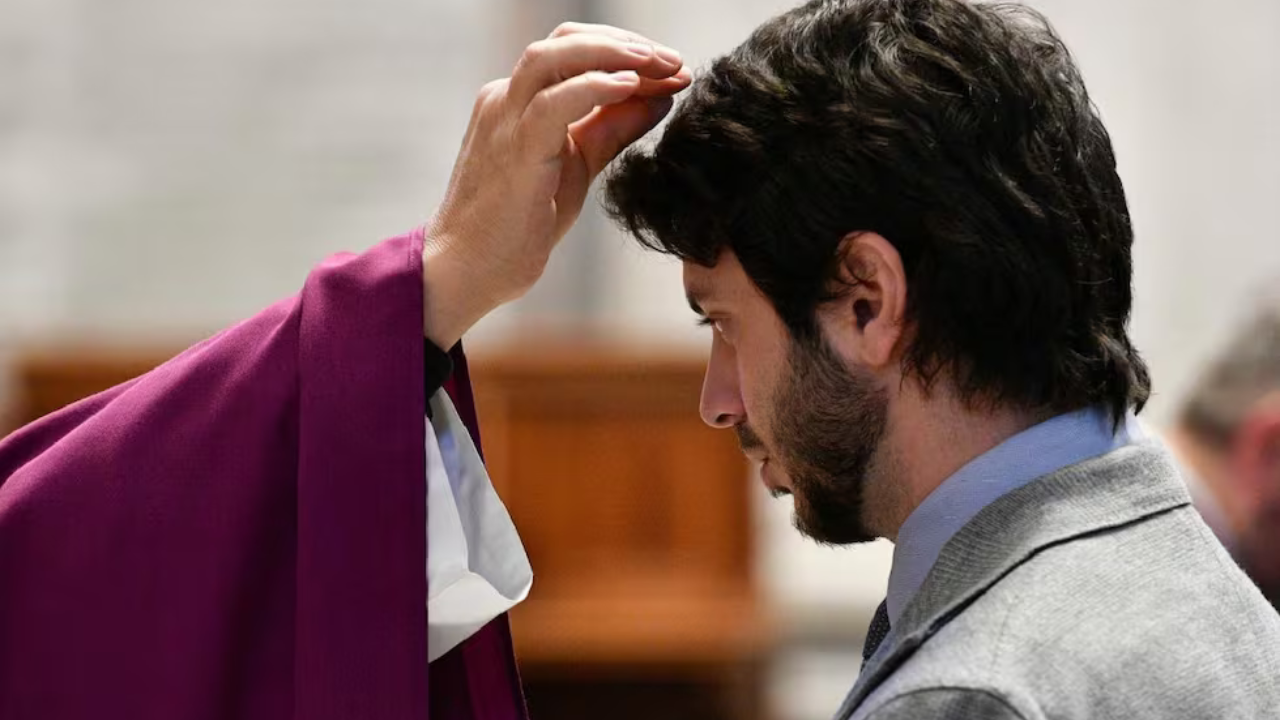In 1589, the remains of St. James the Apostle were hidden in northern Spain to be protected from looting. It wasn't until the 19th century that they were finally rediscovered.
ANTÓN M. PAZOS
Spanish National Research Council
They had disappeared, so to speak, for three centuries: it seems from when the English had invaded Spain. When the English armada invaded, it is thought they planned to reach Santiago and destroy the remains. According to some versions of the story, the archbishop at the time was responsible for hiding them.
In was in the 19th century when his successor began a successful search for the remains. Upon their discovery, he informed the Vatican's Sacred Congregation of Rites in Rome but there was not enough evidence to verify that the bones belonged to Saint James.
ANTÓN M. PAZOS
Spanish National Research Council
The congregation had found flaws in the report that they received, so Pope Leo XIII sent a special envoy to Spain.
The envoy provided information that clarified questions about the discovery which led Pope Leo XIII to create a document known as the Positio.
The Pope's envoy concluded that the remains did belong to Saint James. This conclusion was made official in 1885 with Pope Leo XIII's papal bull, “Deus Omnipotens.” The announcement resulted in pilgrims flooding to Santiago.
ANTÓN M. PAZOS
Spanish National Research Council
Then a crypt was built in the Cathedral of Santiago so that pilgrims could visit the Apostle's tomb.
Now, visitors to Santiago, who once did not know where the tomb was, have a clear marker for where the remains of Saint James can be seen.
The rediscovery of Saint James' remains was the subject of a conference in Rome on the relationship between Rome and Santiago de Compostela, Spain throughout the so-called Jacobean Holy Years, in which the Church grants plenary indulgences to those who make the pilgrimage along the Camino de Santiago.
CA
TR: MG
